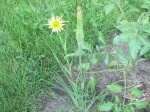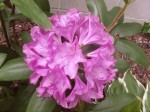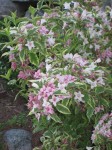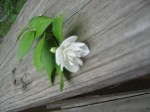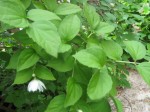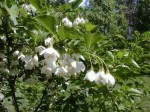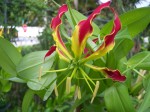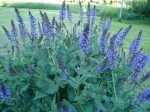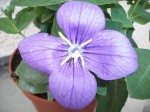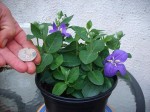Ask the Expert: What is the name of this flower?
I have this plant in my garden. It just appeared there early this year and it only blooms in the early morning. It is beautiful and I would like to know the name.
Thank you, Mini
Plant Expert Reply:
This wildflower is called Yellow Goat’s Beard (Tragopogon dubius). It is often found in fields, meadows, waste ground, roadsides, railroads and blooms April through July.

 Find Your
Find Your 